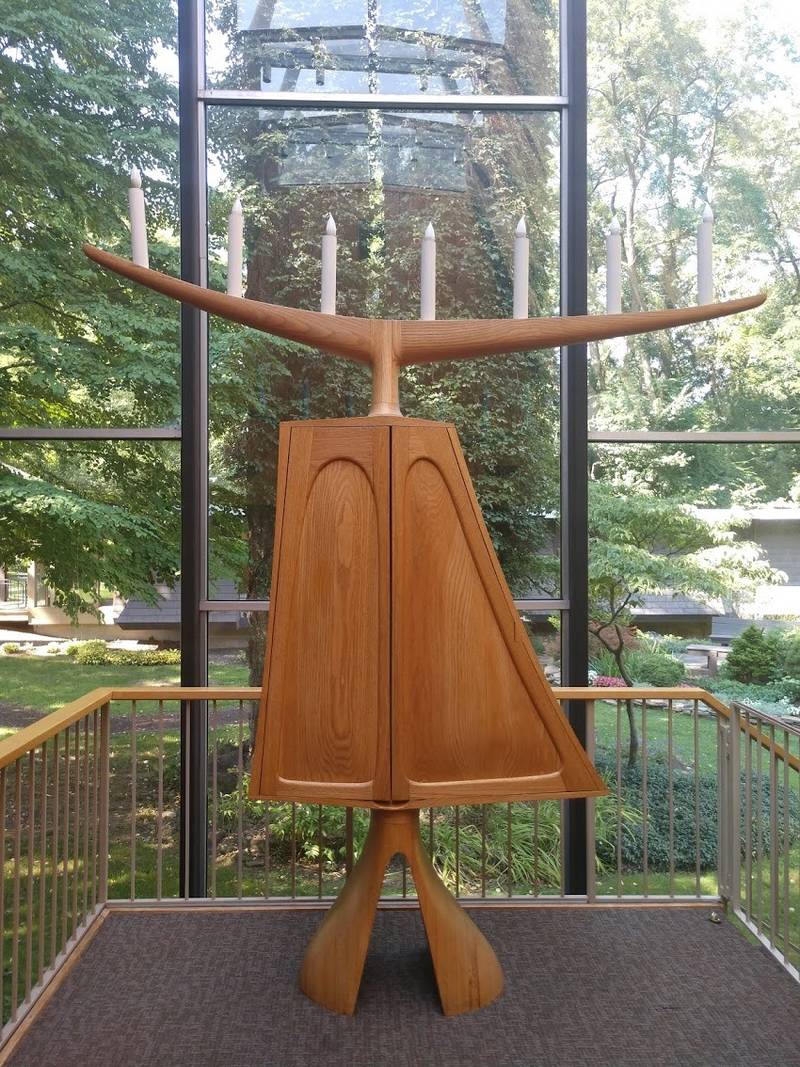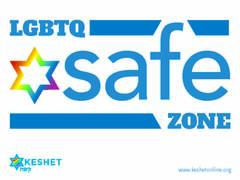Our Mission
Temple Sinai is an inclusive Sukkat Shalom—a shelter of peace—where seekers connect, pray, learn, pursue justice, and lift each other up.
Our mission is intentionally succinct and casts a wide net. Our congregants have found many pathways into Judaism, and many ways to develop and express their Jewish selves. That's on top of participating in worship, holiday, and life cycle rituals. Visit Committees, Clubs, and Affinity Groups to learn a few of the many other ways our congregants connect, learn, pursue justice, and lift each other up at Temple Sinai.




October, 1959 June, 1960
Our History
Our congregation began in 1959 when two dozen families established a new Reform congregation in the Rochester, NY area.
Their goal to create a synagogue that lived up to Reform Jewish values and that provided a safe and inclusive environment for Jewish spiritual, educational, and social fulfillment remains strong and vibrant today. On June 12, 1960, Temple Sinai was granted its charter from the Union of American Hebrew Congregations.
In these fifty-plus years, we have grown to a current membership of approximately 500 households. We are Jewish newcomers and old-timers, children and adults, individuals with abilities and disabilities, individuals, couples and families, gay and straight, Jews by birth and by choice, and inter-faith couples and families.
Although we have grown, the goals of our founders live on as our goals today. We continue to consider ourselves a small congregation because we do all we can to maintain a culture of warmth and connectedness with and among our congregants. We nurture and cherish our culture of inclusiveness, our sense of community, and our sense of respect for all.
Click here for a complete list of clergy/cantorial history!
Our Mishkan
Mishkan - Our Temple home is an architectural gem.
The centerpiece of our building, the sanctuary, was designed by Rochester architect James Johnson (1932–2016) and constructed in 1967. Johnson was a leading exemplar of organic modernism, an approach to design that sought harmony between physical structures and their natural environments.




Breaking Ground 1965
Our Building
James Johnson shaped the structure like a tent to symbolize the nomadic theme in Jewish history.
Each of its two concrete walls is made up of five sections, each section representing one of the 10 lost tribes that, under King Jeroboam, once made up the Northern Kingdom of Israel.
Through the glass roof, we look upward and are reminded that God once promised Abraham that his descendants “would be as numerous as the stars in the sky.”
Beyond the glass wall, two tablets can be seen soaring toward the sky. These often remind the worshiper of God's covenant with the Jewish people: the Ten Commandments.

Our Sanctuary
Upon entering the sanctuary, the impression is of being simultaneously indoors and outside. The glass wall behind the bima and the glass ceiling welcome the light of the outside world and the colors of nature, cyclically changing with the seasons.
Our Ark
Inside, the eye is drawn to the Holy Ark (Aron HaKodesh) where the Torah scrolls (the five books of Moses) rest.
The ark, as well as the lectern, were handcrafted by the sculptor Wendell Castle (1932–2018), a leading figure in American craft who spent most of his career in Rochester.
Housed inside our ark is a Torah scroll written in the mid-19th century, it was among 1,564 Torahs from synagogues in the regions of Bohemia and Moravia, in the present-day Czech Republic, that survived World War II and the Holocaust.
As the threat of invasion grew, Jewish communities in these regions began sending their Torah scrolls to the Pinkas Synagogue in Prague for safekeeping. The Nazis confiscated the scrolls, and after the German defeat, the Czech Republic released the Torahs to British Jews who repaired and distributed them to synagogues throughout the world. Temple Sinai received this Torah from the Memorial Scrolls Trust in London in 1980.



June, 1962

September, 1965 High Holy Days
Clergy and Cantorial History
Rabbis
|
Bernard H. Lavine Leonard Schoolman Robert A. Seigel Harvey Goldman Ned Soltz Alan Katz Lisa Izes Amy Sapowith Debbi Till |
1960-1963 1963-1965 1965-1969 1969-1978 1978-1986 1986-2020 2000-2003 2003-2015 2016-2024 |
Cantorial Soloists
|
Martha Rock Birnbaum Joel Bloom Elise Wojciechowski |
1980-1987 1987-1996 1997-2018 |
Cantor
|
Renata Braun |
2018-Present |



